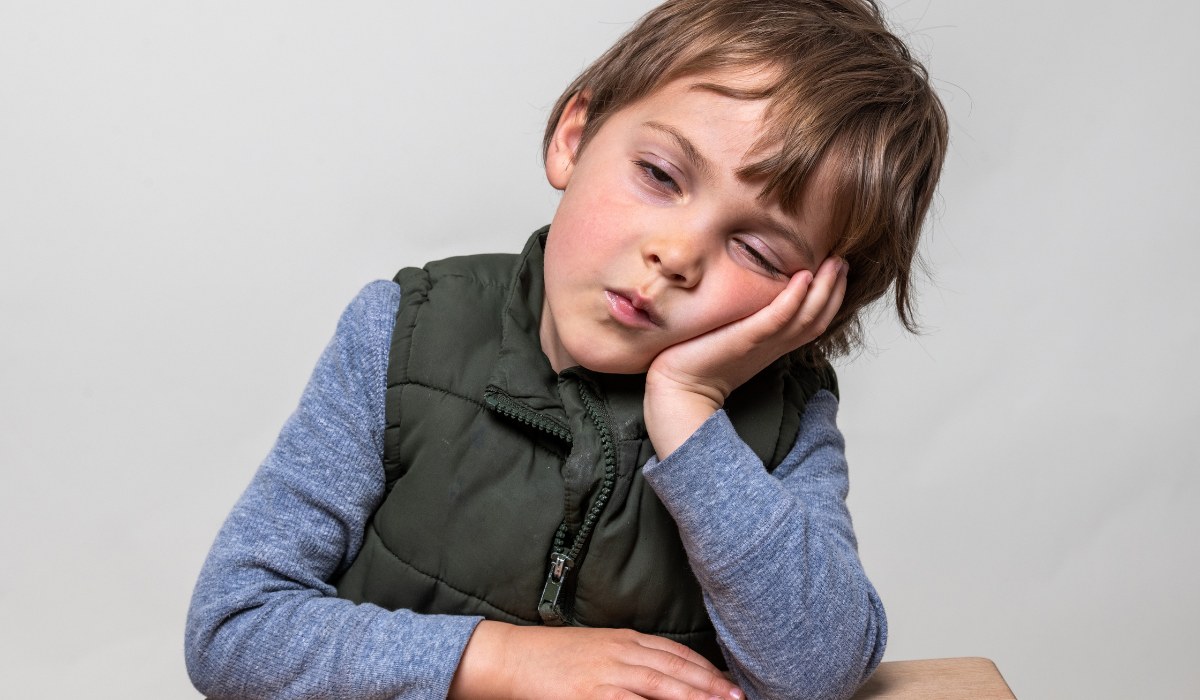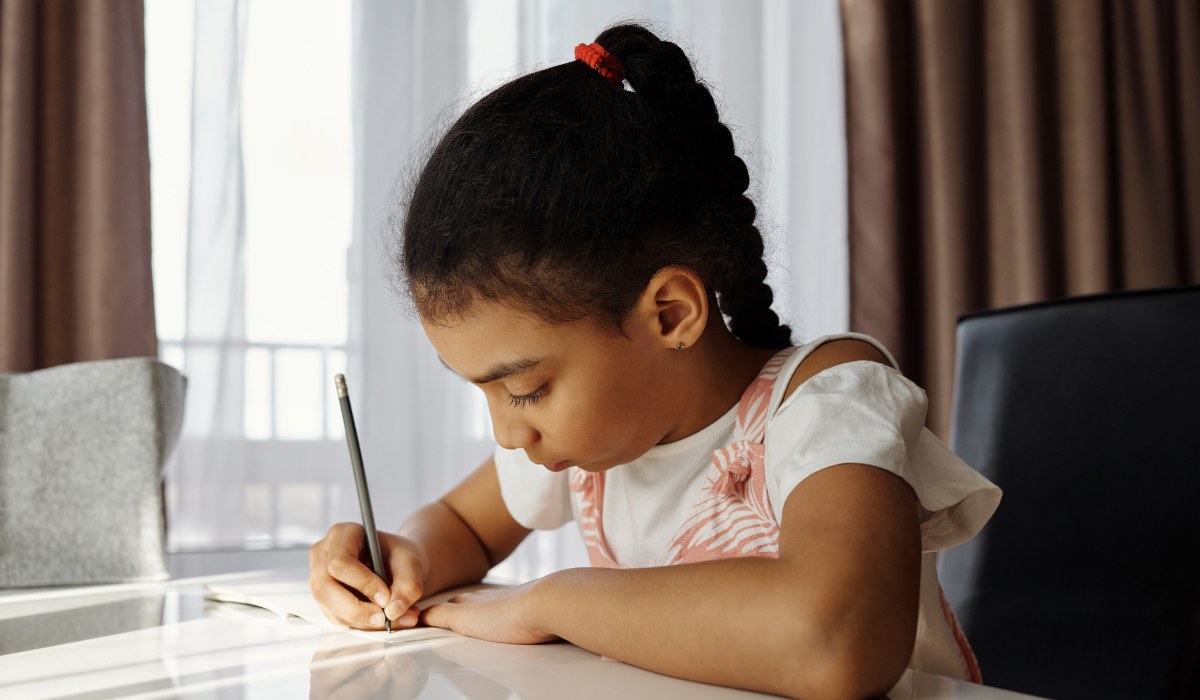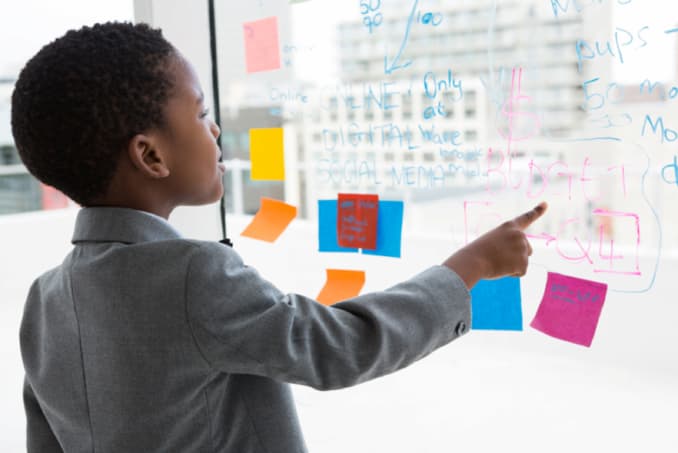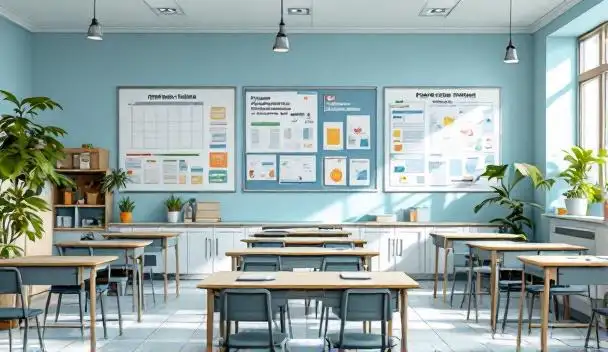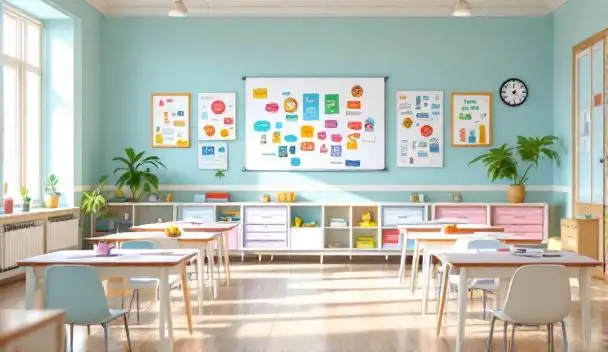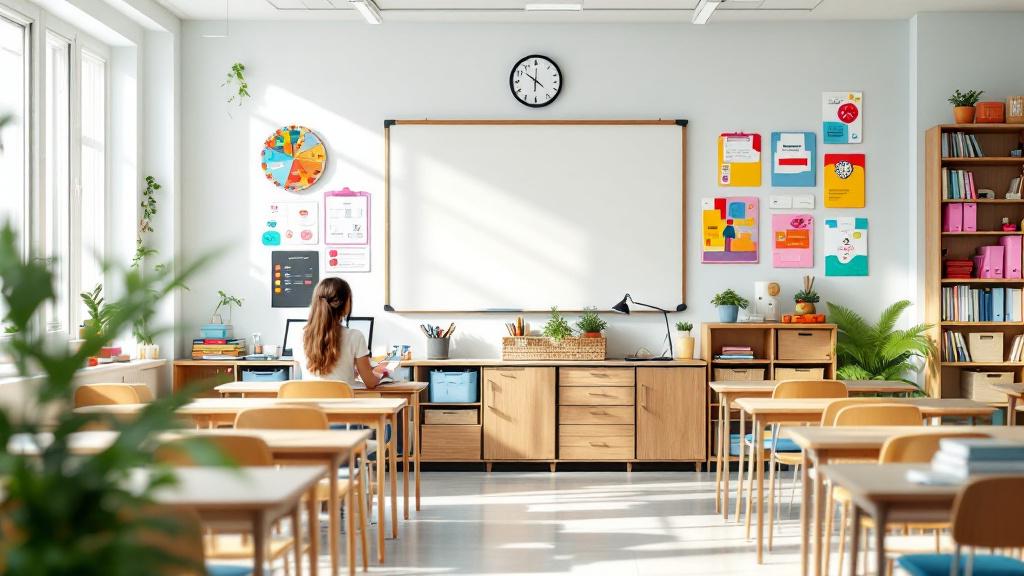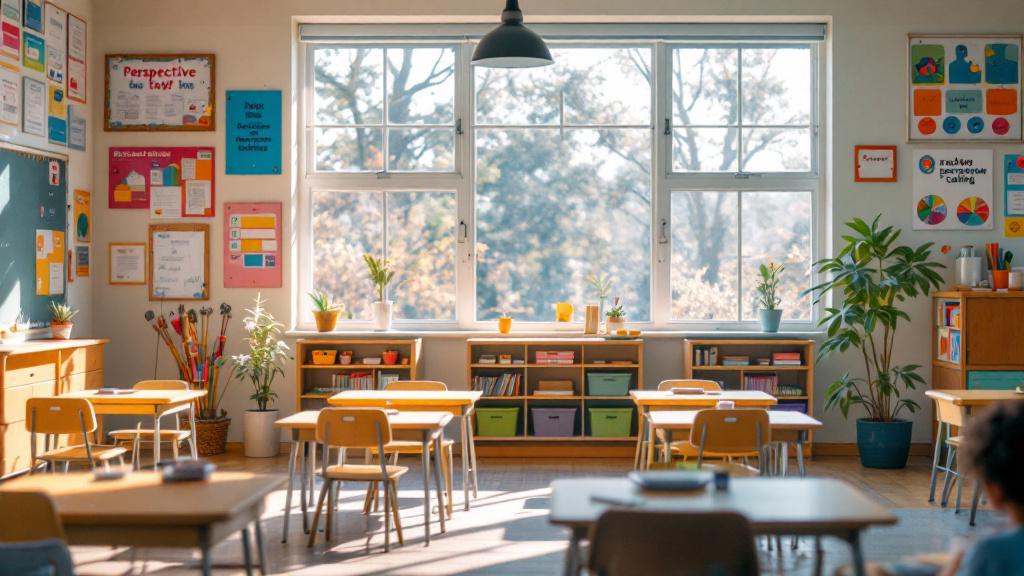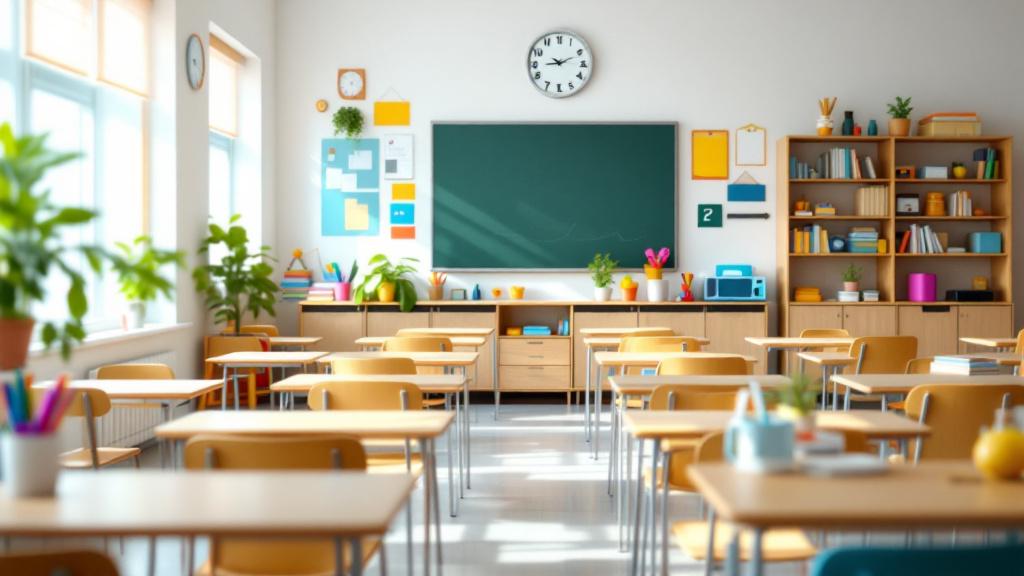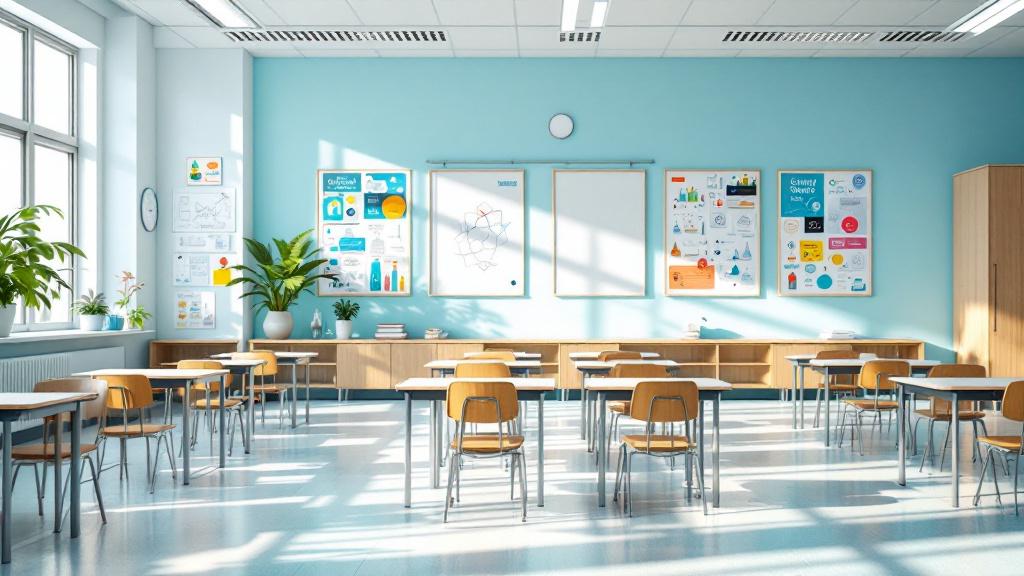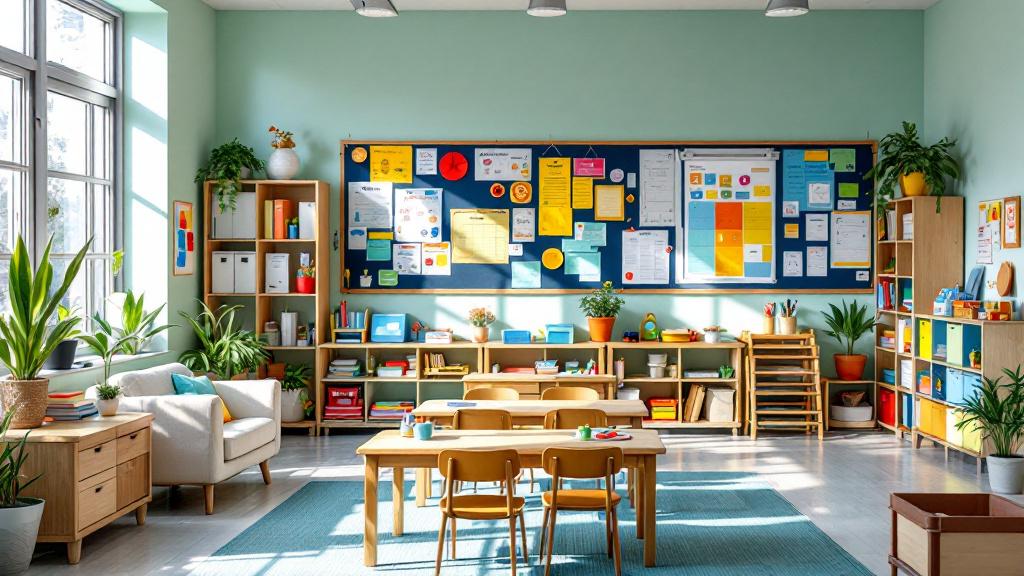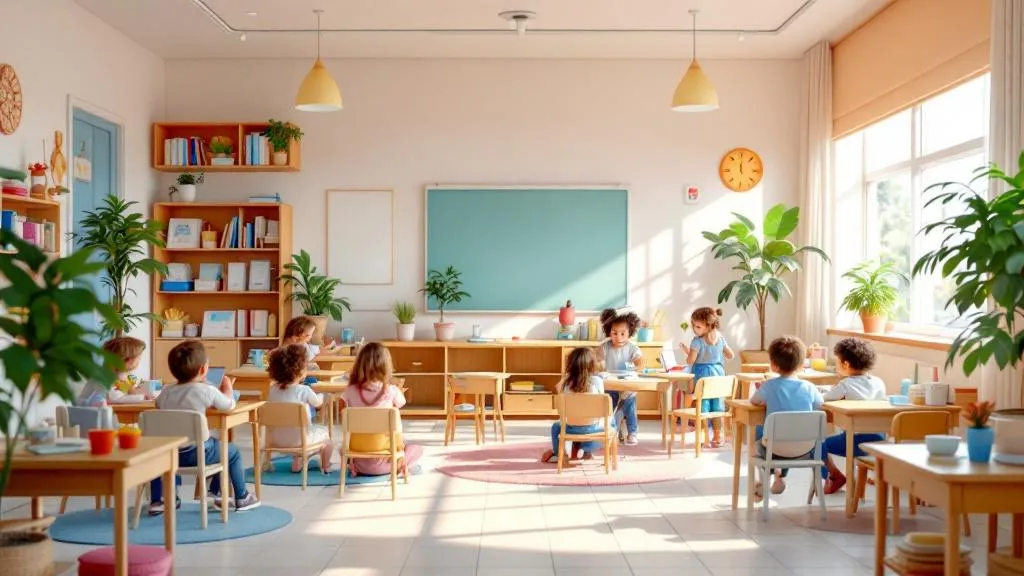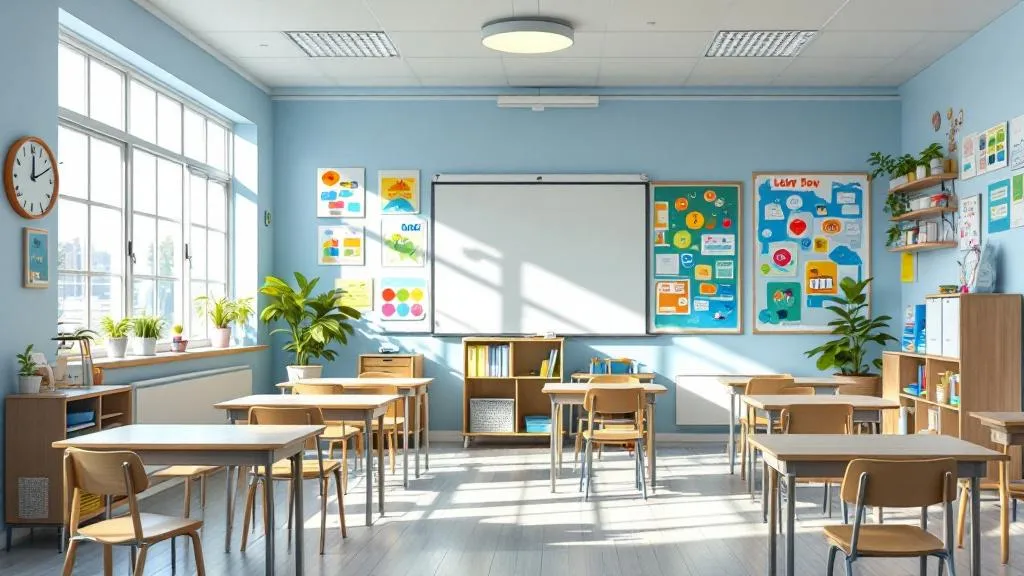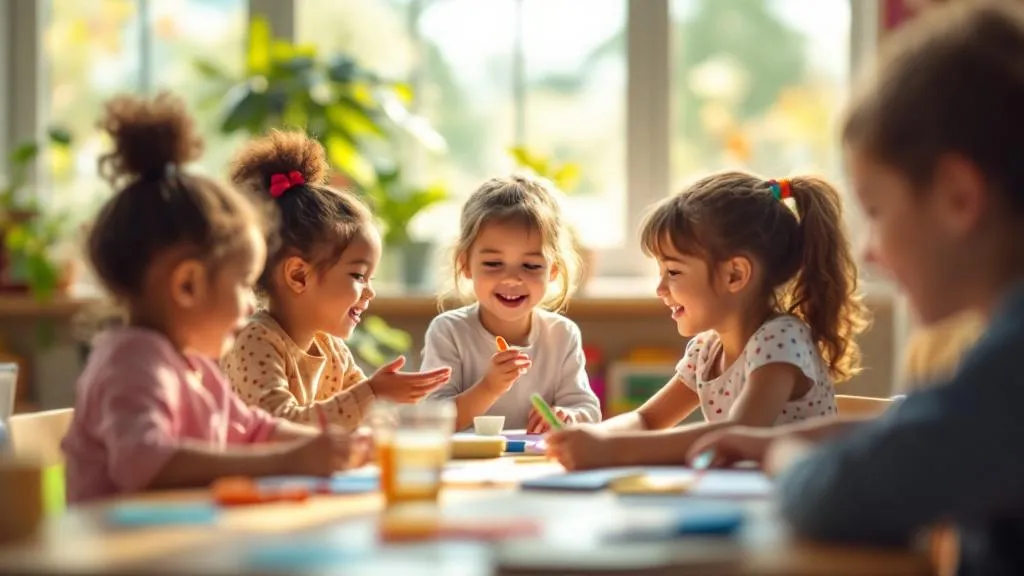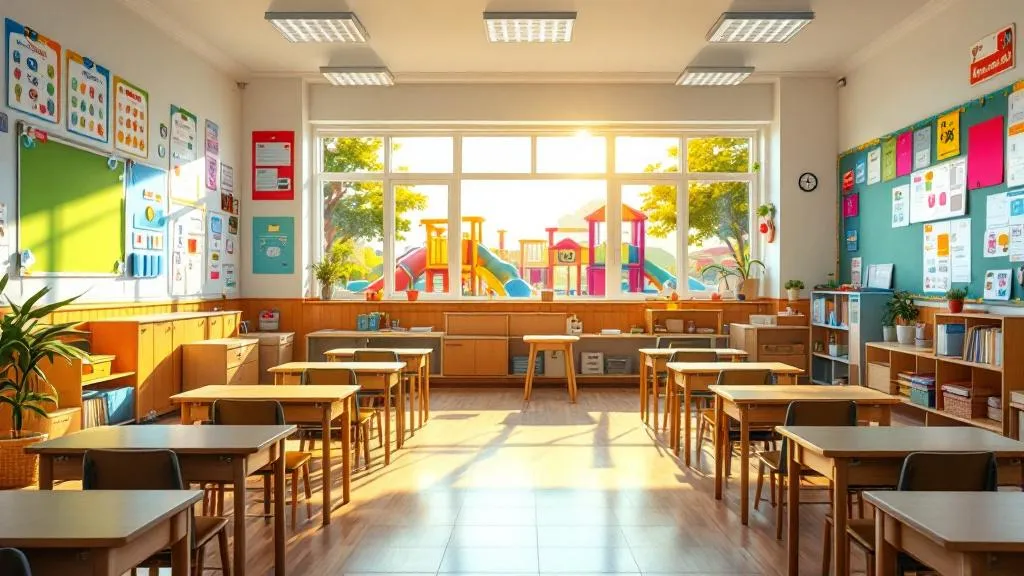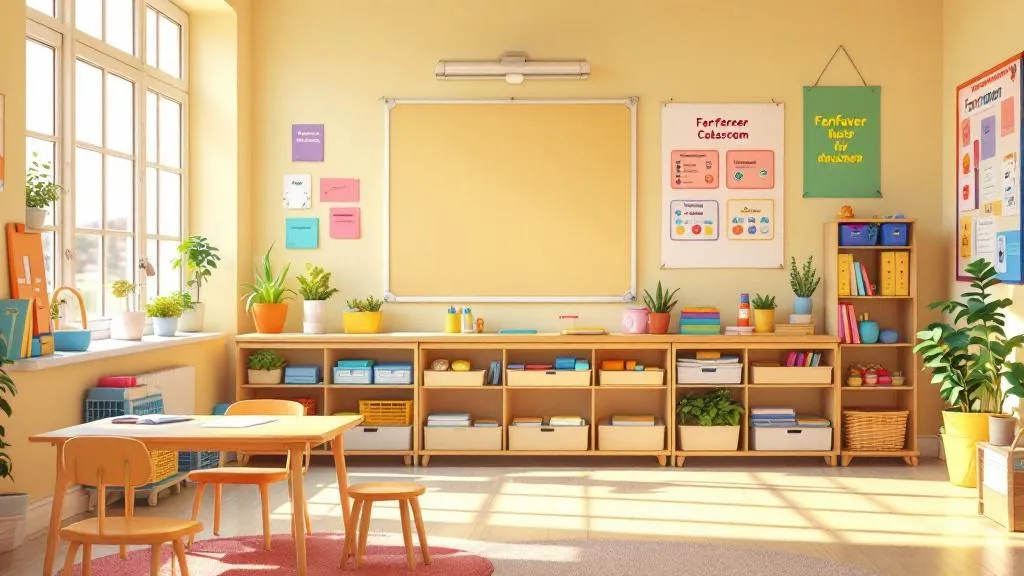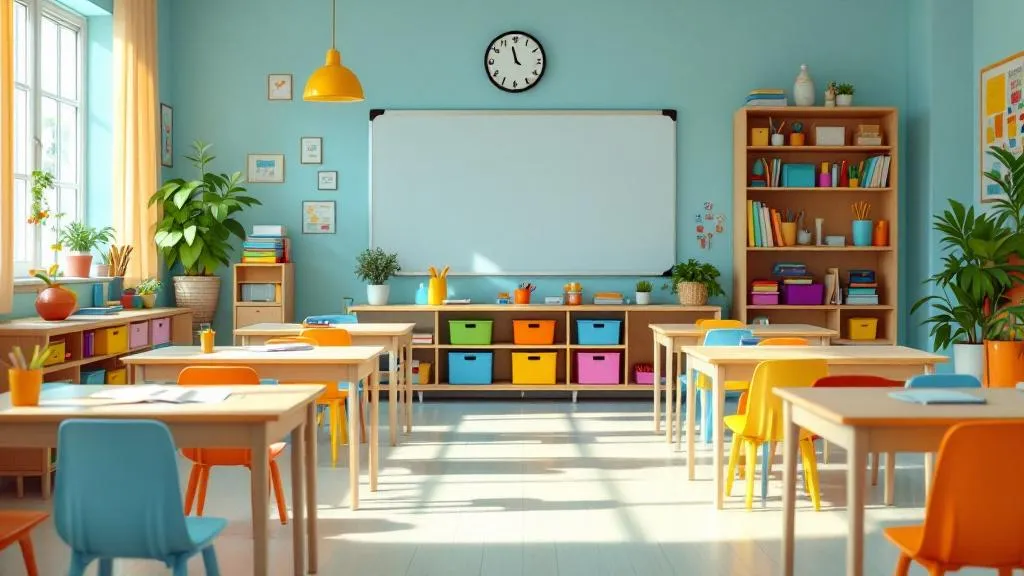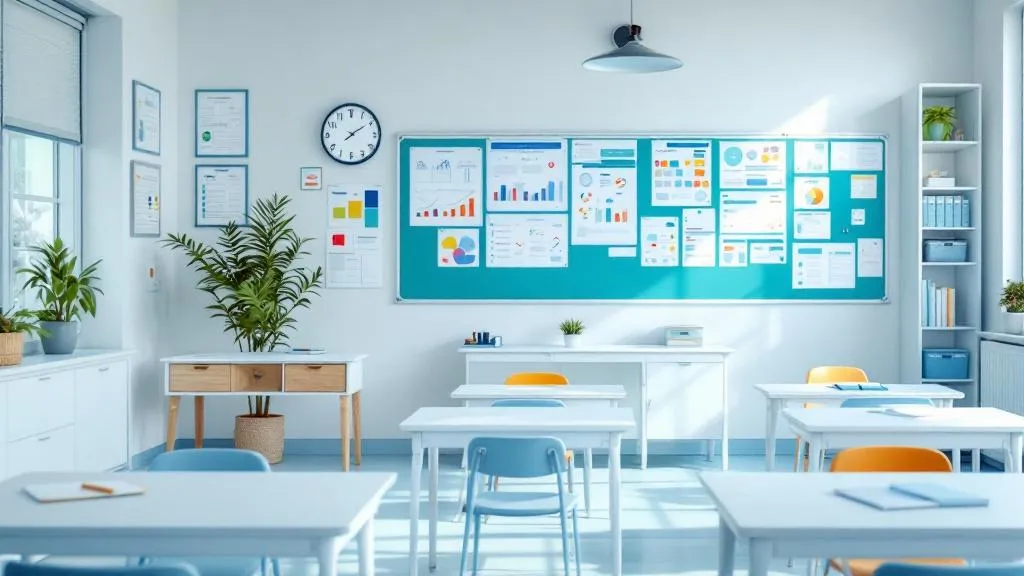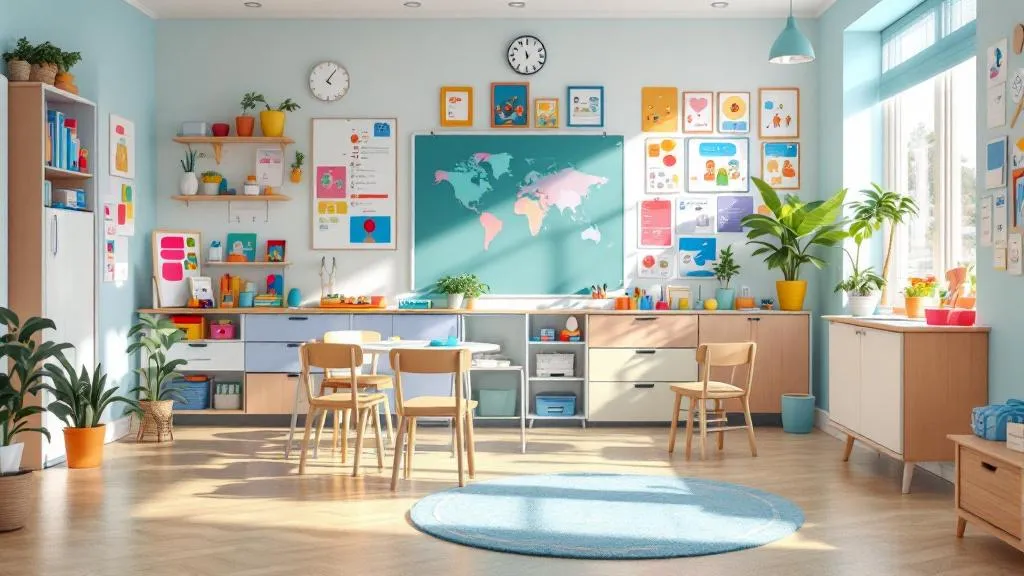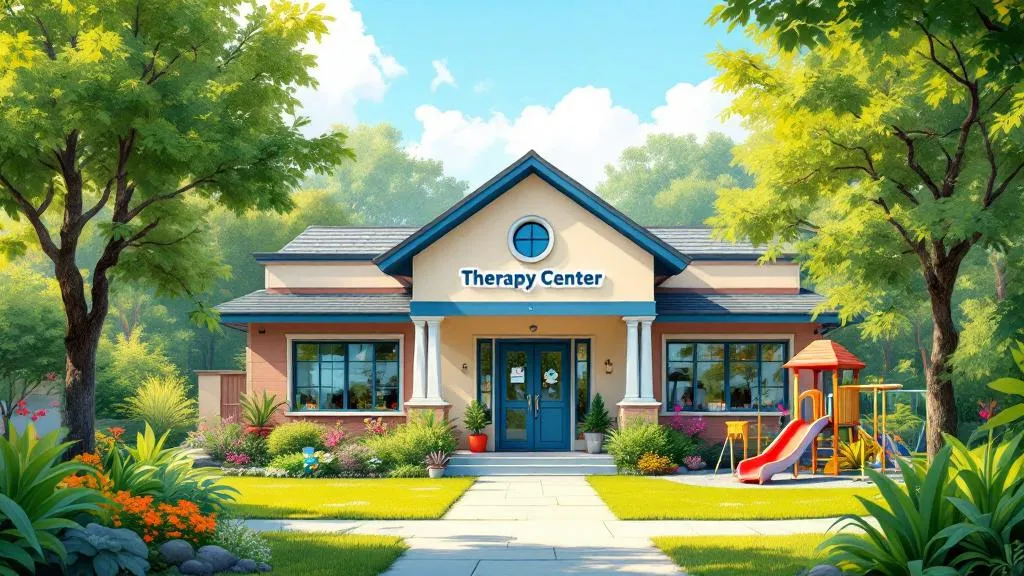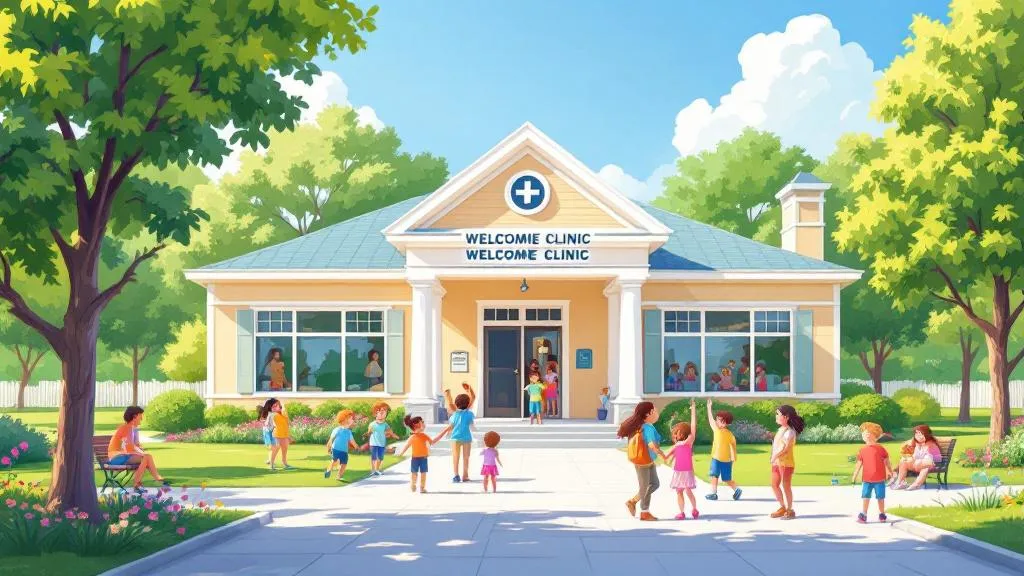Supporting transitions from therapy to school independently
Facilitating Seamless School Transitions for Children with Supportive Interventions
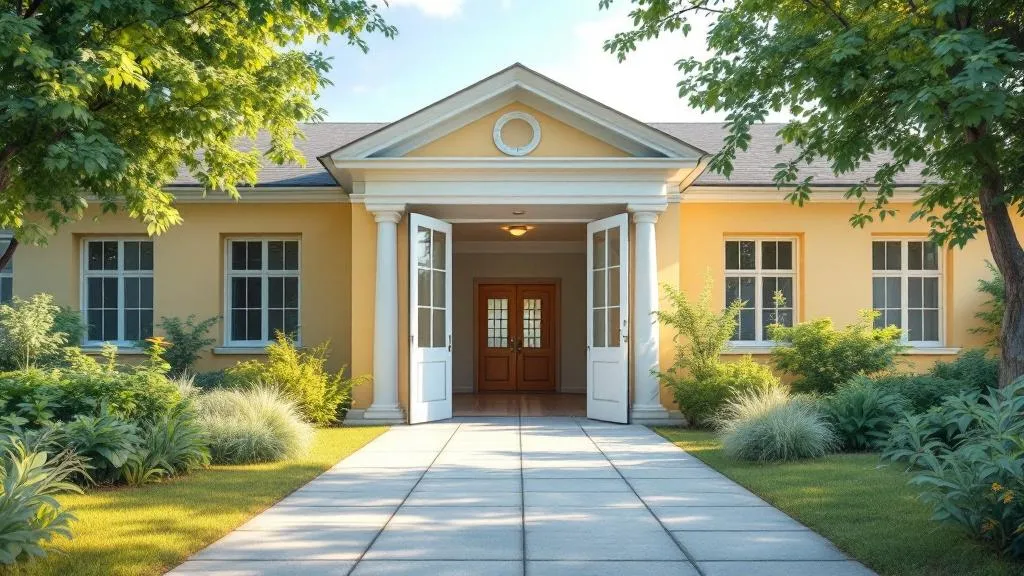
Understanding the Importance of Supporting Transitions from Therapy to School
Transitions from therapy to mainstream school settings are pivotal moments in a child's developmental journey. Effective support during this period can significantly influence emotional, social, and academic outcomes. This comprehensive guide explores evidence-based strategies, roles of professionals, and practical approaches to foster independence and success during these critical phases.
The Role of School-Based Therapy and Its Long-Term Benefits

What roles do school-based therapists play?
School-based therapists, including occupational therapists, speech-language pathologists, and school counselors, are integral to supporting student development within educational settings. They work closely with teachers, parents, and other professionals to address students' individual needs. These professionals are involved in developing and implementing individualized education plans (IEPs), focusing on improving functional skills relevant to classroom activities and social interactions.
Therapists in schools also handle larger caseloads compared to clinical environments and often work within classrooms or small group settings. They utilize a variety of strategies, such as visual supports, social narratives, and video modeling, to help students overcome challenges related to disabilities, behavioral issues, or learning difficulties. Their goal is to foster a supportive environment that promotes skill acquisition and independence.
How does school therapy contribute to long-term development?
One of the significant advantages of school-based therapy is the ability to work with children over extended periods. This continuity enables therapists to monitor progress diligently and adjust interventions to suit each child's evolving needs. Such ongoing support is crucial for building foundational skills that contribute to academic success, social integration, and emotional resilience.
Therapists also focus on supporting students during transition phases—whether entering new schools, moving between grade levels, or adjusting to post-secondary environments. They help prepare students by teaching coping mechanisms, self-management, and executive functioning skills, which are essential for lifelong success.
What is the importance of collaboration in school therapy?
Effective school therapy hinges on collaboration among the education team. Therapists regularly communicate with teachers, school counselors, and parents to develop holistic support strategies tailored to each student's profile. This teamwork ensures that interventions are consistent and that children receive comprehensive support to thrive academically, socially, and emotionally.
Summary of aspects involved in school-based therapy:
| Aspect | Description | Additional Details |
|---|---|---|
| Roles | Occupational therapists, speech-language pathologists, counselors | Support skill development and emotional well-being |
| Use of approaches | Visual supports, social narratives, video modeling | Facilitate understanding and independence |
| Long-term focus | Developmental progress, transition support | Ensures sustained growth and resilience |
| Collaboration | Teachers, parents, specialists | Creates tailored, holistic strategies |
School-based therapy offers a stable and predictable work environment, with regular hours aligned with school schedules and holidays. This setup allows therapists to maintain a healthy work-life balance while making a meaningful impact on students' lives.
Transitioning from Clinical to Educational Settings: Focus on Development and Functional Skills

How does the shift from clinical to school-based therapy change the focus?
Moving from clinical environments to school settings involves a notable change in therapeutic emphasis. While clinical therapy often focuses on isolated skill development in controlled settings, school-based therapy centers on improving functional and academic skills that directly support classroom success.
In schools, therapists prioritize skills such as attention regulation, social interactions, and self-care routines that help children participate fully in classroom activities. This transition emphasizes real-world application, ensuring that children can transfer therapeutic gains into daily school experiences.
How are functional and academic skills developed for school success?
Therapists working in schools focus on building skills that contribute to both academic achievement and daily independence. For instance, they help children develop organization, task completion, social engagement, and self-regulation. These skills are critical for navigating routines like managing assignments, participating in group work, and following classroom rules.
Approaches used include visual supports such as schedules and task analysis, social narratives for appropriate behavior, and video modeling to demonstrate successful routines. These strategies cater to diverse student needs, including those with disabilities or behavioral challenges.
How do therapists adapt to diverse student populations?
School therapists work with a wide range of students, many of whom have special needs or diverse backgrounds. They must be flexible and resourceful, adjusting therapy methods to meet individual developmental levels and cultural contexts.
This involves using multidisciplinary collaboration with teachers, counselors, and parents to create personalized intervention plans. For students with disabilities, therapists often focus on improving participation and independence within their unique context, addressing issues like executive functioning deficits or sensory sensitivities.
Occupational therapy’s role in supporting smooth transitions
Occupational therapists (OTs) are pivotal in assisting children during major school transitions such as moving from preschool to elementary or middle to high school. They assess individual needs and develop tailored goals through team meetings like IEPs.
OTs work on developing foundational skills—social competence, self-regulation, and self-care—that are essential for adapting to new environments. They utilize activity-based, developmental approaches, ensuring the therapy supports the child’s current and future educational journey.
Supporting families and advocating for policy changes are also part of an OT’s role. They help bridge gaps between different educational stages, ultimately promoting independence, community engagement, and positive educational outcomes.
| Aspect | Focus Areas | Implementation Examples |
|---|---|---|
| Therapeutic Shift | From isolated skill training to functional skills | Visual schedules, social narratives, video modeling |
| Skill Development | Academic, social, self-care, independence | Goal setting, classroom routines, self-regulation strategies |
| Adaptability | Diverse student needs | Cultural competence, individualized approaches, collaboration |
| OT Involvement | Role in planning, support, and community integration | IEP development, family engagement, policy advocacy |
This transition underscores the importance of flexible, contextually relevant therapies that empower students to succeed academically, socially, and personally in their evolving educational pathways.
Building Child-Focused Skills with Routines and Visual Supports
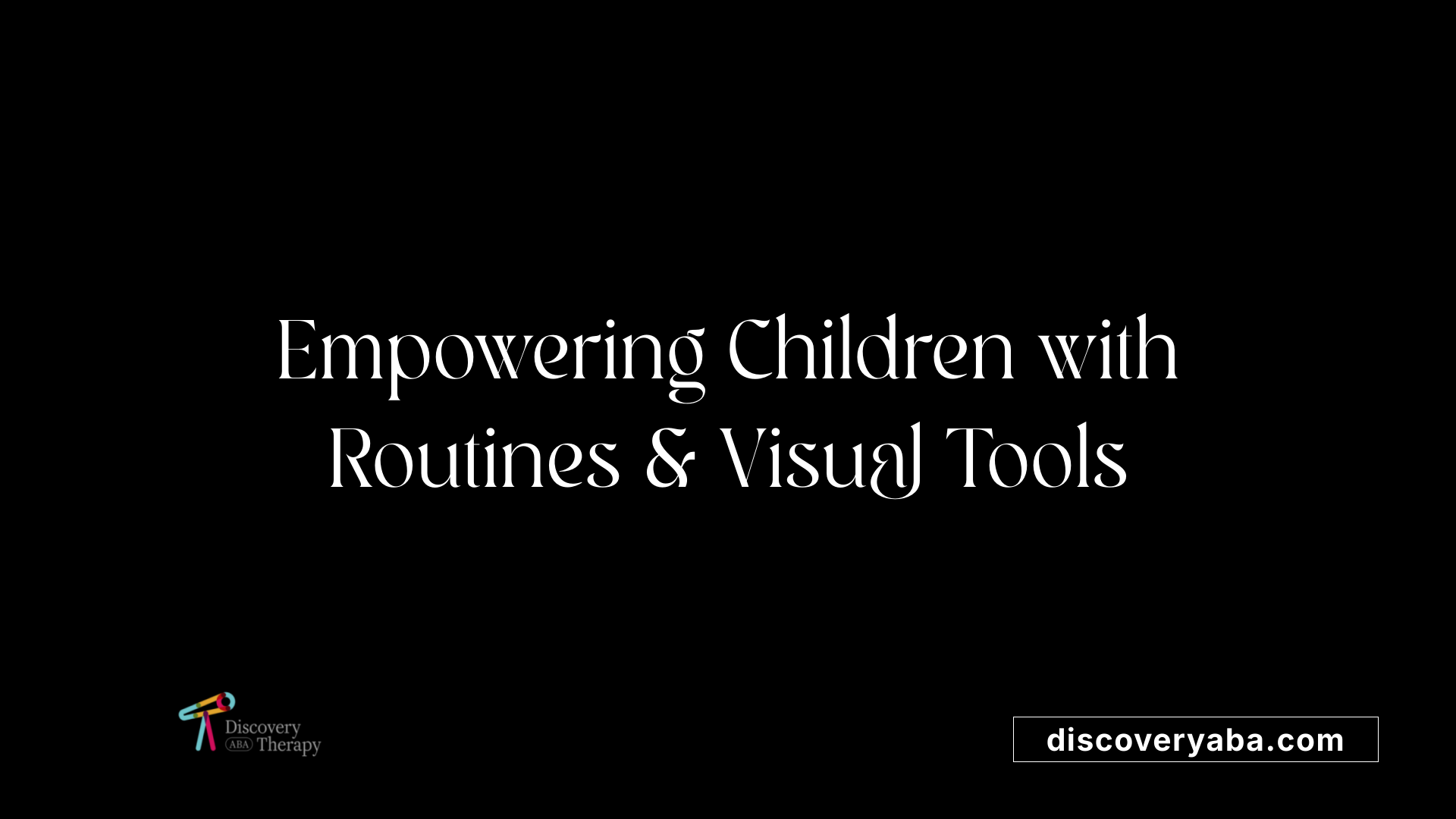
How can professionals and caregivers support parents and children during the preschool to elementary school transition?
Supporting children during this important phase involves creating a strong partnership between families and schools. Professionals can organize orientation sessions and provide detailed information about what children should be ready for at this stage, helping parents understand developmental milestones and school expectations.
Community programs play a vital role. Initiatives like the National Center for Families Learning’ (NCFL) Family Service Learning in Science and the 'Play with Purpose' curriculum are designed to strengthen family involvement. These programs not only enhance literacy and social skills but also foster a sense of community and shared purpose.
Establishing open communication channels is essential. Schools can host workshops for parents, offer access to student data, and encourage active participation in school activities. This approach helps families better understand school routines, and build confidence in supporting their child's progress.
Addressing potential barriers like language differences or literacy challenges is crucial. Collaborating with community organizations ensures families receive resources tailored to their needs, making engagement more accessible.
During times of crisis or uncertainty, maintaining consistent communication is especially important. Reconnecting families with schools between transitions can improve social-emotional well-being, promote resilience, and prepare children for the next stage of learning.
By fostering these supportive strategies, caregivers and professionals can help children develop essential skills and confidence, easing the shift from preschool to elementary school and laying the foundation for continued success.
Supporting Children’s Emotional and Social Well-being in Transition Periods
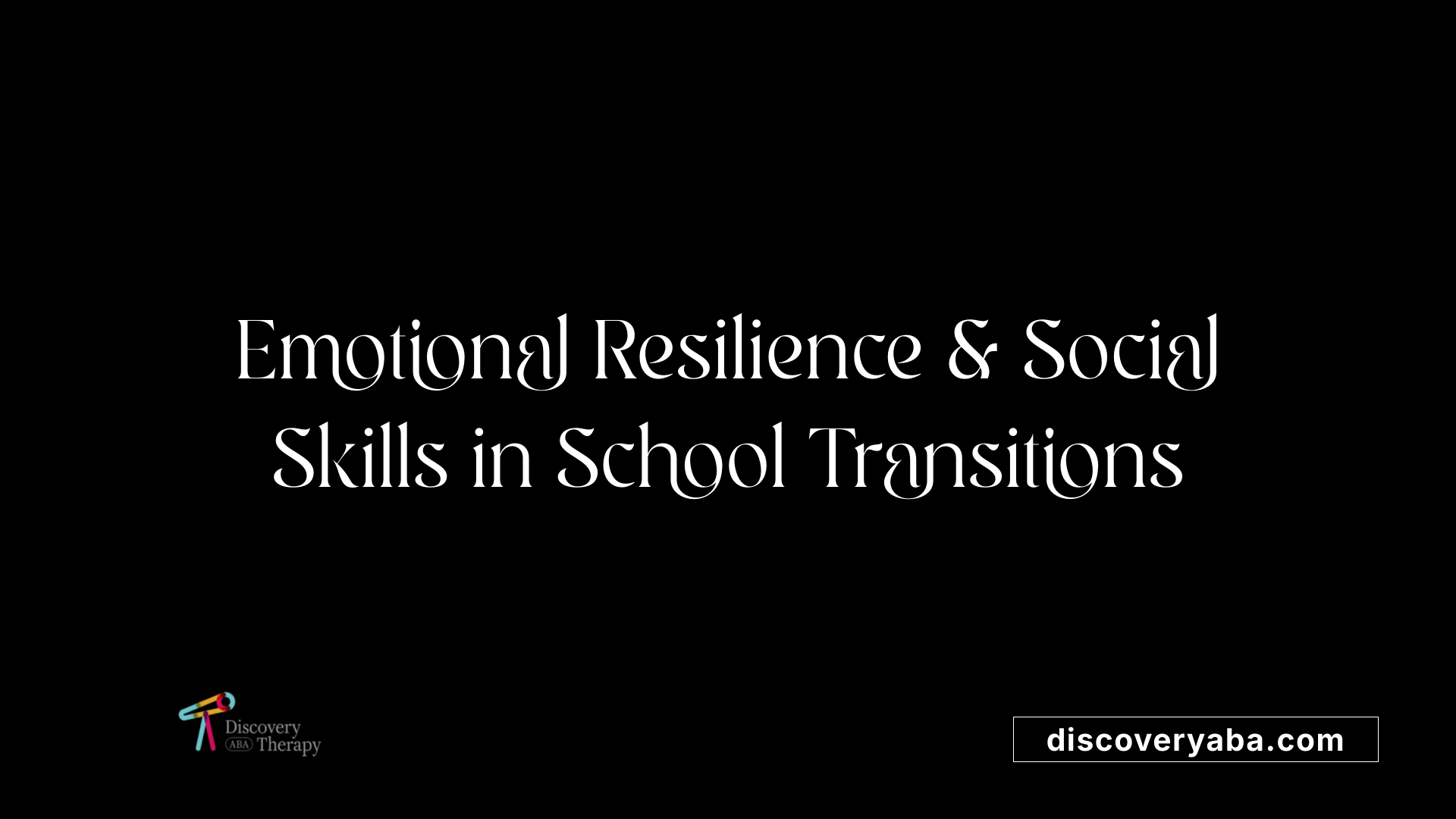
How can we help children manage their feelings during transitions?
Transitions between different school levels or environments can be challenging for children, often provoking emotions like anxiety, fear, irritability, or withdrawal. To support their emotional well-being, establishing consistent routines is crucial. Routine provides predictability, which offers comfort and reduces uncertainty.
Visual supports such as charts, schedules, and countdowns can prepare children for upcoming changes. These tools help children understand what to expect and foster a sense of control. Previews of transition steps, combined with visual cues and anticipatory guidance, are especially effective for children with neurodiversity or sensory sensitivities.
Parents, teachers, and therapists should prioritize open communication. Talking about feelings, listening actively, and validating their emotions help children feel understood and secure. Encouraging children to express their worries and questions can alleviate fears.
How do social connections and peer interactions support adjustment?
Forming new friendships and participating in peer activities play a vital role in helping children adapt. Schools and caregivers should foster opportunities for social engagement, such as clubs, group projects, and extracurricular activities. These experiences promote a sense of belonging and boost confidence.
Social narratives and role-play can educate children about appropriate social behaviors like sharing and turn-taking, which are often important during transition moments. For children with special needs, structured social skills training can facilitate better peer interaction.
Supporting social development not only counters feelings of isolation but also encourages positive peer relationships that support emotional resilience.
What strategies build resilience and coping skills?
Resilience is essential for children to navigate the stress of transitions successfully. Teaching problem-solving skills, encouraging independence, and creating opportunities for self-advocacy empower children to handle challenges more effectively.
Positive reinforcement, praise, and reward systems motivate children and build their confidence. Simple tools like stickers or points for successful transitions reinforce positive behaviors. Cognitive techniques such as growth mindset encouragement help children see mistakes as learning opportunities.
In addition, relaxing activities like mindfulness, deep breathing, or brief relaxation exercises can help manage stress levels. Professionals, including counselors and occupational therapists, can support children by implementing personalized strategies.
Supporting social connections, resilience, and emotional stability during school transitions is vital for children’s long-term growth and well-being.
| Strategies | Examples | Benefits |
|---|---|---|
| Routine and visual cues | Schedules, countdowns, visual step charts | Reduce anxiety, foster predictability |
| Open communication | Discuss feelings, active listening | Build trust, emotional security |
| Social engagement | Clubs, social narratives, group activities | Promote belonging, social skills |
| Resilience and independence activities | Problem-solving, self-advocacy exercises | Increase confidence, coping skills |
| Stress management techniques | Mindfulness, deep breathing exercises | Reduce stress, promote calmness |
Supporting children through school transitions requires a combination of emotional support, social opportunities, and resilience-building strategies. When these elements are integrated into their daily routines and support systems, children are better equipped to handle change confidently and securely.
Overcoming Challenges and Barriers in Transition Processes
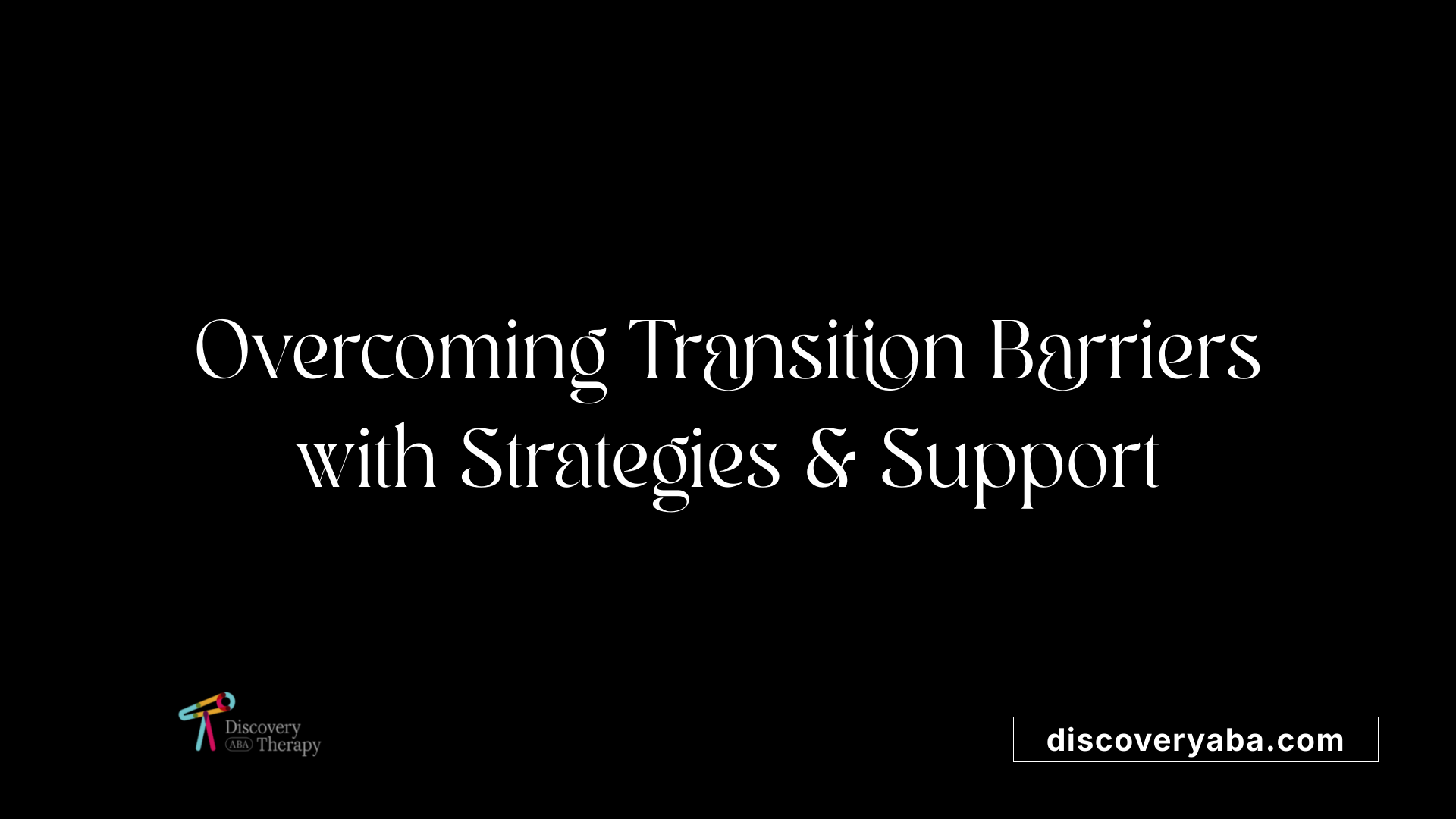
How can schools or caregivers overcome common challenges faced during transitions?
Navigating transitions can be complex for children, caregivers, and educators alike. To ease this process, a proactive approach that emphasizes planning and communication is vital. Schools and caregivers should prepare children well ahead of time by familiarizing them with new routines, environments, and expectations. Visual supports such as charts with pictures that outline transfer steps or schedules can serve as helpful reminders.
Music and auditory cues, like songs to cue the start or end of activities, create predictable patterns that lower anxiety. Turning transitions into engaging activities or small games can make changes feel fun rather than stressful. For children with special needs, these strategies should be tailored to address their individual challenges, such as using social narratives to explain new routines or gradual exposure for children sensitive to change.
It is equally important to normalize children’s feelings during these periods. Encouraging open discussions about their emotions and teaching coping techniques—like mindfulness or positive self-talk—helps children manage their fears and frustrations.
Building strong, collaborative relationships among educators, parents, and specialists creates a support network that can continually adapt strategies to meet evolving needs. Consistency in routines and positive reinforcement for successful transitions help foster a sense of stability and confidence. Overall, combining these approaches results in smoother, less stressful transitions, promoting emotional well-being and independence for children facing educational changes.
Evidence-Based Practices for Effective Transition Planning
What evidence-based practices improve transition outcomes for children?
Implementing personalized, child-centered transition plans is vital for supporting students effectively. These plans consider each child's unique strengths, needs, and interests, ensuring that goals are relevant and achievable.
Use of visual supports, such as charts, schedules, and social stories, helps children understand and anticipate upcoming changes, making transitions smoother. Social narratives can clarify expectations and appropriate behaviors, reducing anxiety.
Incorporating techniques like Response Prompting, Video Modeling, Chaining, and Self-Management empowers students to learn essential skills in communication, independence, and daily routines.
Community integration is another cornerstone. Providing opportunities for community-based instruction, including internships and work-based learning, helps students apply skills in real-world settings. Inclusive classrooms and collaboration between schools and community agencies foster practical experiences.
Engaging families through education about the transition process and teaching functional life skills supports smoother adjustments at home and school. Promoting self-advocacy and self-determination gives students confidence to manage future challenges.
Legislation such as the Individuals with Disabilities Education Act (IDEA) underscores the importance of these evidence-supported methods, aiming to enhance employment prospects, independence, and community participation after school.
| Practice Area | Description | Benefits |
|---|---|---|
| Personalized Transition Plans | Tailored plans based on individual assessments and goals | Increased relevance and motivation |
| Visual Supports and Social Stories | Visual aids to prepare and guide children through transitions | Reduced anxiety and improved understanding |
| Community-based Instruction | Learning in real-world community settings | Practical skills for independence and employment |
| Family Engagement | Parent education and involvement in planning and skill development | Enhanced support system and consistency |
| Self-Advocacy and Self-Determination | Teaching students to voice their needs and make decisions | Greater independence and confidence |
Research highlights that combining these strategies results in improved transition outcomes, fostering students’ abilities to succeed in post-secondary education, employment, and community living.
Harnessing Resources and Community Support for Transition Success
What practical activities and resources can aid smooth transitions for children?
Supporting children through school transitions involves a variety of practical activities and resources tailored to their individual needs. Visual supports such as charts, social narratives, and visual schedules help children understand and anticipate upcoming changes. These tools make transitions less stressful by providing clear steps and expectations.
Interactive activities like role-playing, peer mentoring, and social skills training foster social confidence and ease anxieties related to new environments. Schools often organize transition fairs and workshops that focus on routines, emotional regulation, and coping strategies, which are beneficial for both children and parents.
Community resources play a significant role. Support groups, community centers, and external therapy programs offer additional assistance. Online tools and apps designed for transition planning provide accessible support, especially for children with sensory sensitivities or attention challenges.
Family involvement is essential. Home-based activities—such as practicing routines, visiting new schools, and discussing upcoming changes—create familiarity and reduce fear. Family-school collaboration ensures consistency and reinforces skills learned through external resources.
Incorporating tailored activities like sensory-friendly role-playing or problem-solving exercises helps address diverse needs. Mental health services, counseling, and community programs prepare children emotionally for change.
By combining these approaches, schools and families can create a comprehensive support system. This ecosystem helps children build resilience, develop essential social and emotional skills, and navigate transitions with confidence, ultimately fostering a positive attitude towards new educational experiences.
Empowering Children for Future Success
Supporting children through school transitions requires a collaborative and individualized approach that integrates the efforts of families, educators, therapists, and community resources. By applying evidence-based strategies, fostering independence, and addressing emotional and social needs, stakeholders can help children navigate these changes successfully. A holistic, proactive approach not only smooths the transition but also builds a foundation for lifelong learning, well-being, and community engagement.
References
- How to Transition from Clinical to School-Based Therapy
- Supporting Transitions for Unique Learners | n2y Blog
- Supporting Children's Mental Health During School Transitions
- Transition practice before entering primary school: A longitudinal ...
- interventions-to-support-transition-age-students - AOTA
- How Can We Help Kids With Transitions? - Child Mind Institute
- Helping Middle and High School Students with Transitions
- Supporting Transitions for Unique Learners | n2y Blog
- Unique Learning System: Transition - n2y
Does Your Child Have An Autism Diagnosis?
Learn More About How ABA Therapy Can Help
Find More Articles
Contact us
North Carolina, Nevada, Utah, Virginia
New Hampshire, Maine
Arizona, Colorado, Georgia, New Mexico, Oklahoma, Texas
.avif)


